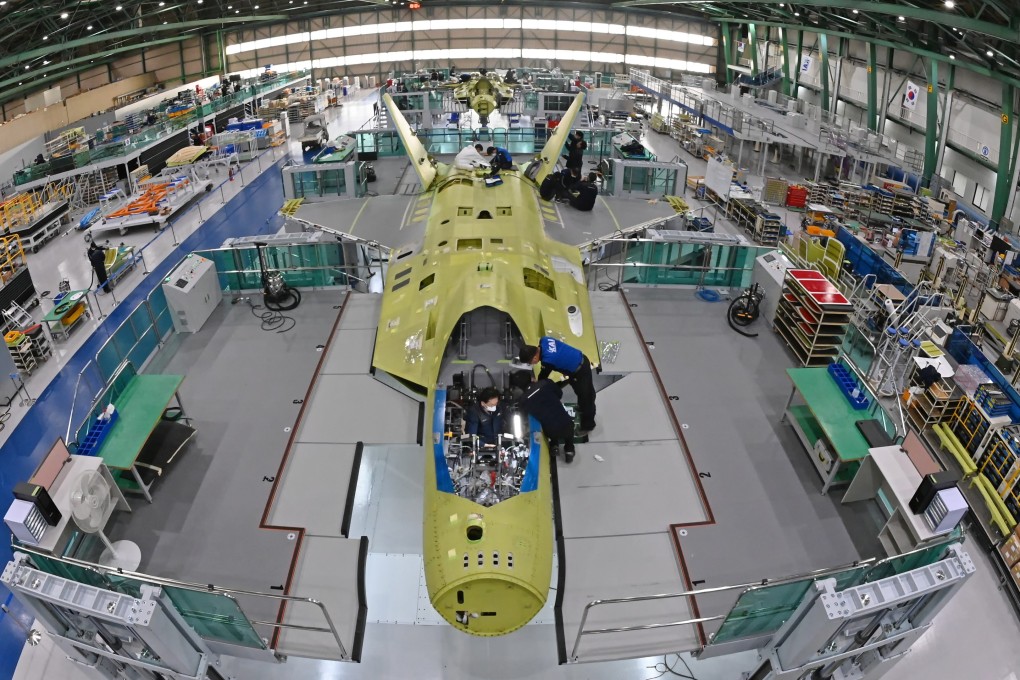Advertisement
Opinion | Russia’s invasion of Ukraine is driving South Korea arms industry boom
- The deteriorating security landscape has countries from Europe to Southeast Asia looking to South Korea for quality, affordable arms exports
Reading Time:3 minutes
Why you can trust SCMP
1

Russia’s invasion of Ukraine in February 2022 has raised security concerns among Western countries. As Russia has grown increasingly isolated from the international community, it has elevated its ties with North Korea to the level of a comprehensive strategic partnership, including mutual defence assistance.
The two countries say they will assist each other in the event of foreign aggression. This has emboldened North Korea’s provocative actions, which is not good news for South Korea. However, it is not entirely dire for Seoul, especially its arms industry.
Speaking at domestic arms manufacturer Korea Aerospace Industries in November 2022, South Korean President Yoon Suk-yeol reiterated that the defence industry is an engine for future growth and pivotal for the development of hi-tech industries. He has pledged to turn the country into the world’s fourth-largest arms exporter after the United States, Russia and France. South Korean arms exports were estimated at US$14 billion in 2023, making it the ninth-largest arms exporter.
The South Korean government has nurtured the indigenous defence industry for decades, mainly because of North Korea’s threat. Since the Korean war, South Korea has been under constant threat from North Korea.
Pyongyang’s hostile approach presents a major national security challenge to Seoul, especially when pursuing its own nuclear weapons is not a viable option. Instead, South Korea feels the need to strengthen its military technology to enable a strong and swift response if provoked.
This can be seen in South Korea’s offensive military strategy, known as the “three-axis system”. This involves a pre-emptive strike on North Korea’s nuclear arsenal and missile facilities, targeting its air and missile defence systems and attacks aimed at eliminating the North Korean leadership. This strategy only works if South Korea can develop sophisticated conventional military weapons that can fire with precision from long range and do massive destruction.
Advertisement
Select Voice
Choose your listening speed
Get through articles 2-3x faster
1.1x
220 WPM
Slow
Normal
Fast
1.1x
-(1).JPG?itok=-0p63_v7&v=1720576434)